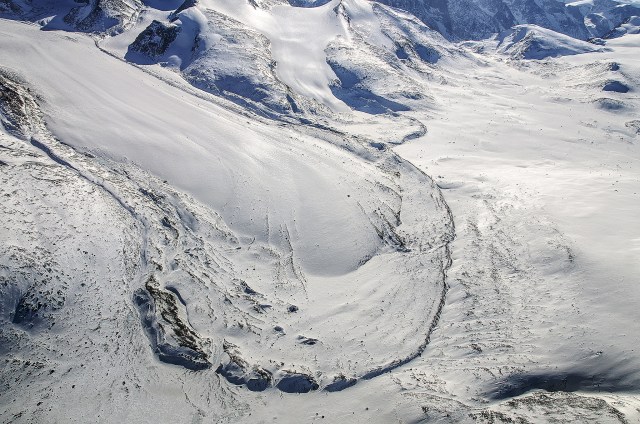
Researchers in two separate studies documented dramatic changes beginning in the 1990s after decades of stability.
Most of Canada’s Arctic glaciers are shrinking — and some are already gone.
A survey of 1,773 glaciers across northern Ellesmere Island in Nunavut, Canada has found more than three-quarters had lost area between 1999 and 2015. Overall, the glaciers lost about six percent of their total ice coverage, the equivalent of 1,705 square kilometers (658 square miles).
Adrienne White, from the Laboratory of Cryospheric Research University of Ottawa, and her colleagues used optical satellite imagery to inventory and measure the area of the glaciers on Canada’s northernmost island.
Over the past 16 years, the area of 150 glaciers had shrunk by half or more. Two ice shelves had melted and 19 glaciers with floating ice tongues had retreated to their grounding lines and now ended at the ocean. Five glaciers had been lost entirely.
A rise in air temperature has contributed to the glacier melt, said White.
On average, temperatures in the region have increased 0.5 degrees Celsius (0.9 degrees Fahrenheit) per decade since the 1940s. But there was a strong shift in the mid-1990s, when the mean annual temperature increase accelerated to 0.74C (1.3F) per decade from 0.12C (0.22F). The average summer air temperature shifted to above freezing from below freezing since 2000, said White.
“The biggest percent per decade changes occurred on short and small glaciers at low elevation,” said White, who presented the work at the Polar 2018 Open Science Conference in Davos, Switzerland, in June. The study was published in the Journal of Glaciology on June 27.
.::. Keep reading at Arctic Today.





[…] The Arctic has already endured the strain of global warming. For example, land ice loss has doubled since 2008. Canada’s Arctic glaciers are melting faster than ever before due to warming air temperatures; in t…. […]